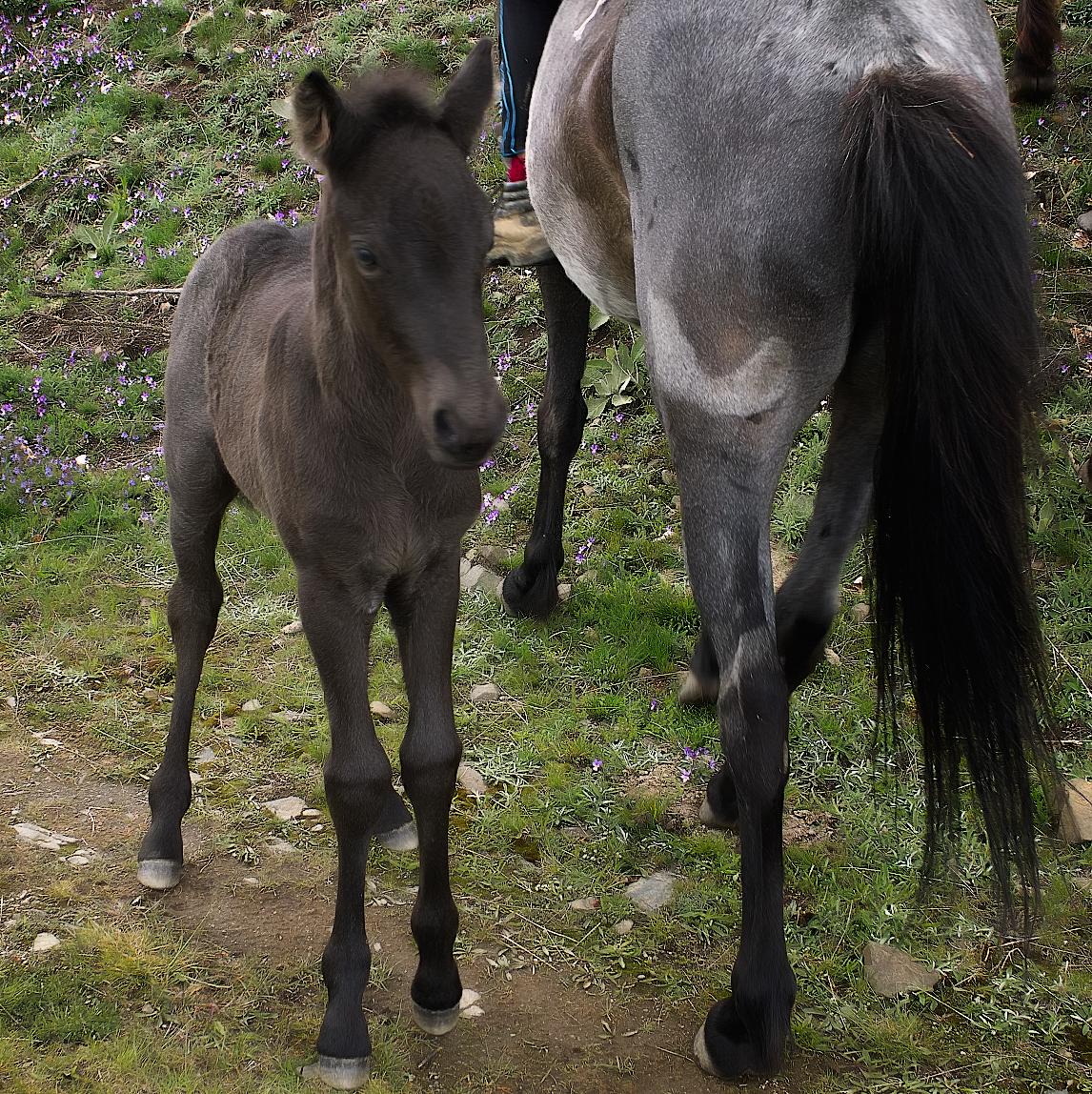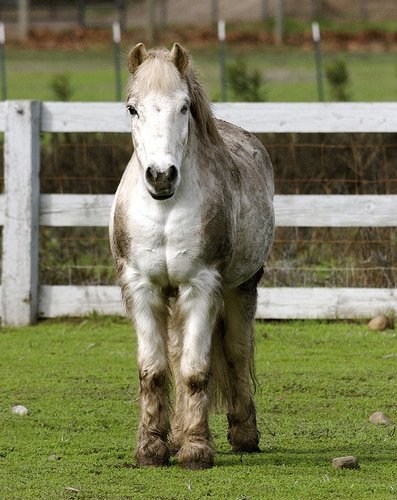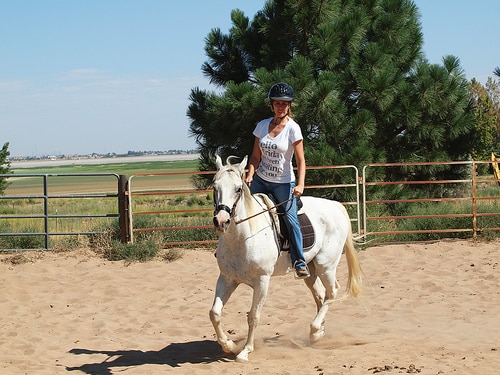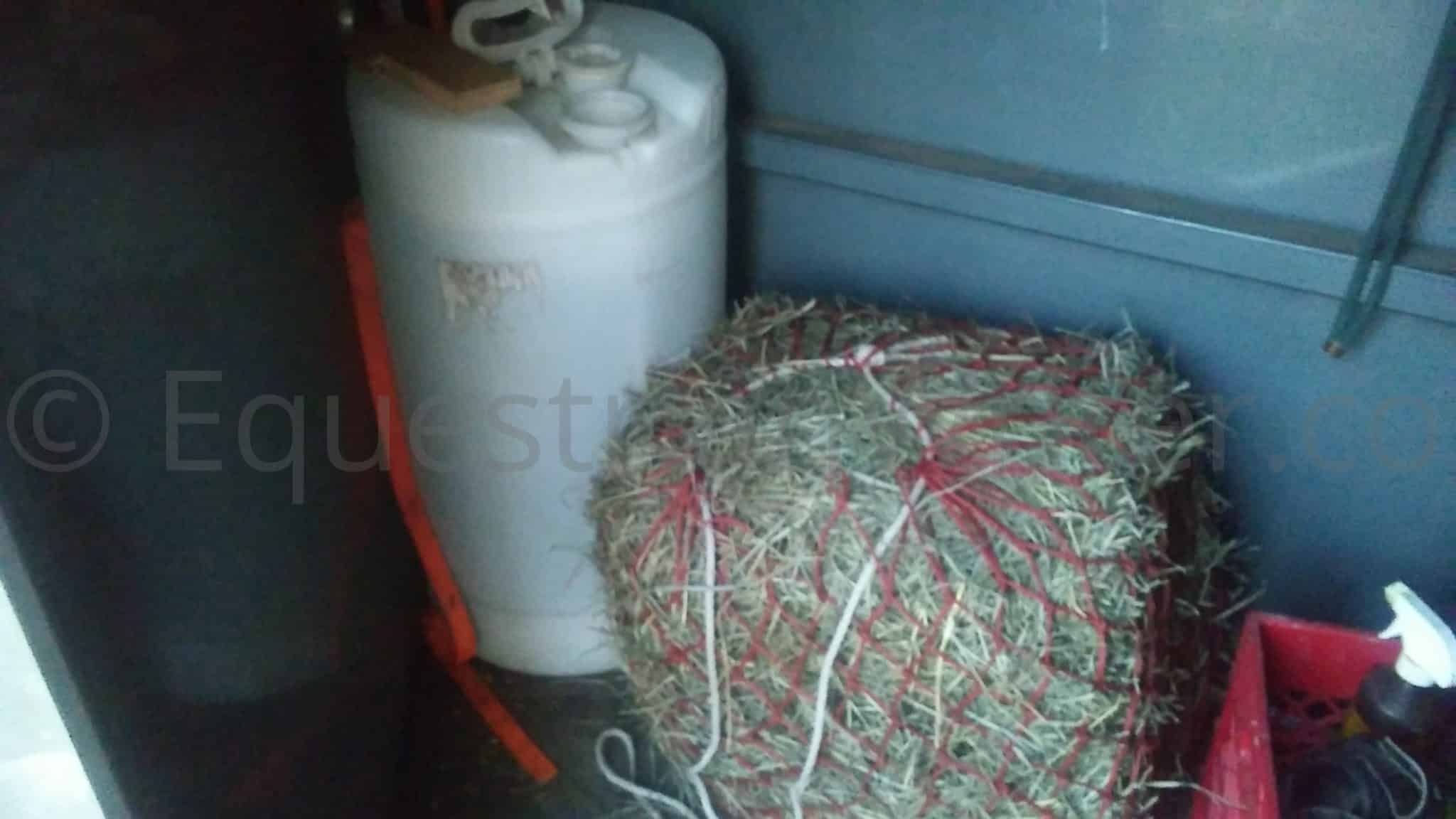
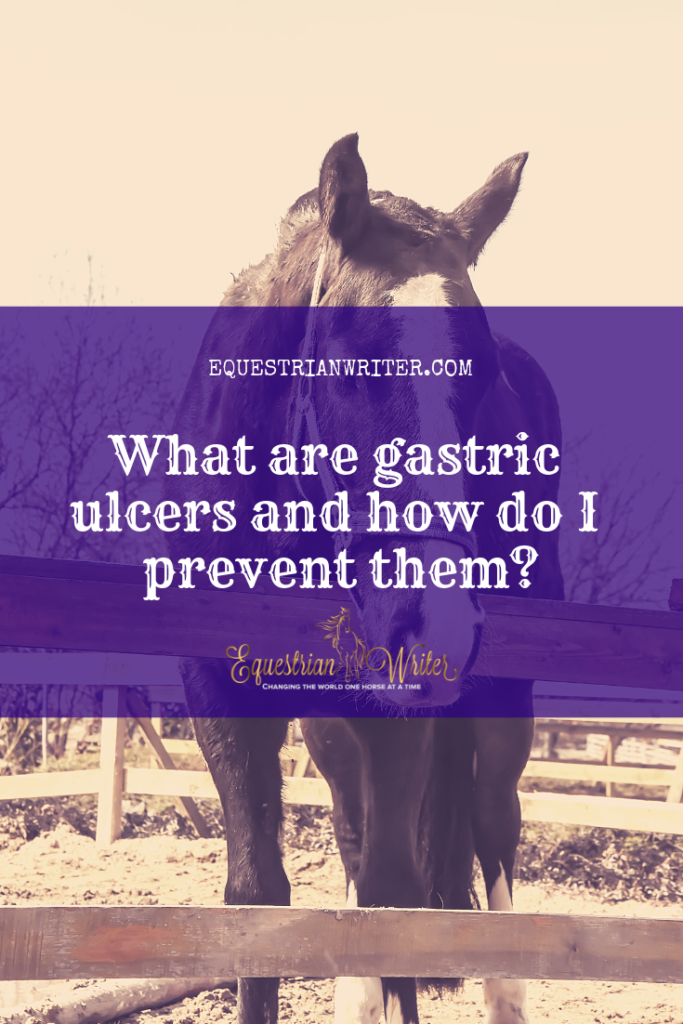
What are gastric ulcers?
Have you ever had heart burn bad enough that you didn’t feel like eating, exercising, or working? That’s what vets speculate a gastric ulcer feels like to your horse. Gastric ulcers are often referred to as “equine gastric ulcer syndrome” (EGUS) or “equine gastric ulcer disease” (EGUD).
UC Davis Statistics
In 2012, a report from the UC Davis Center for Equine Health speculated that anywhere from 50 to 90% of horses suffer from EGUS. Foals as young as 2 days old can be affected. According to UC Davis, Race horses are at the highest risk of ulcers with 80 to 90% of all race horses developing ulcers. Endurance horses come in a close second with 70% of endurance horses being at risk. All of the travel and long-distance rides leaves their stomachs empty for long periods of time creating the ideal environment for ulcer development given that EGUS can begin to develop in as little as 3 hours. Show horses come in third at 60% of show horses being prone to ulcers.
[click_to_tweet tweet=”Anywhere from 50-90% of #horses are at risk for ulcers. #247equestrian” quote=”Anywhere from 50-90% of horses are at risk for ulcers.”]
European College of Equine Internal Medicine Statistics
In 2015, the European College of Equine Internal Medicine released a report speculating that 37% of untrained thoroughbred race horses suffered from ulcers while 80 to 100% of their counterparts with 2 to 3 months of training suffered from ulcers. In contrast, they speculate that 44% of untrained standardbred race horses suffer from ulcers while only 87% of their trained counterparts suffer from ulcers. This is compared to their estimate of 17 to 58% of show and sport horses that are affected and 37 to 59% of pleasure horses that are affected They speculate that endurance horses out of competition have only a 48% prevalence of ulcer while those in competition of a 66 to 93% prevalence of ulcers with ulcers being most prevalent in the more elite ranks of the sport. They also speculate that there might be enough evidence the suggest that hot-blooded horses such as Thoroughbreds and Standardbreds are more at risk for EGUS than cold-blooded horses, but the biggest factor in determining a horse’s risk of EGUS is their training and competition level.
Let’s think about this for a moment.
Anywhere from 50 to 90% of horses are at risk for ulcers. So in a barn of 10 horses, anywhere from 5 to 9 of them are at real risk for ulcers. Count up the horses in your barn and think about that real hard for a moment. Do you show, travel a lot, do endurance? What risk category does your horse fall in to?
What causes ulcers?
EGUS is caused by a build-up of acids in the stomach. In the wild, these acids are counteracted by constant forage intake of grass. In a domesticated environment, many horses have their forage intake limited, leaving their stomachs empty for long stretches of time between meals. During these periods, they are often ridden and trained which stirs up the acids and make the ulcers worse.
Many competition horses are fed large amounts of grain and concentrates which adds more fatty acids to the mix and exacerbates the problem. The more grain and concentrates that are fed, the less forage that is given. Many show horses are confined to stalls when not being trained and socialization with other horses is often limited for fear of injury. Horses are herd animals. The lack of socialization causes a great deal of stress, exacerbating the problem further.
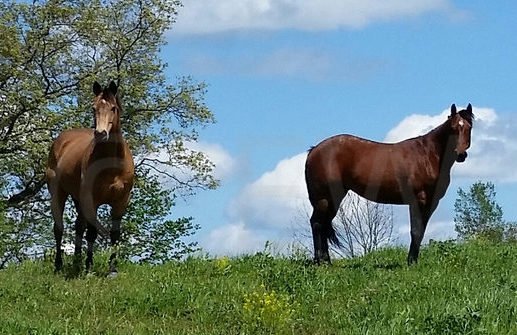
What are the symptoms of ulcers?
Symptoms of EGUS are often hard to pin down as they are very subtle and can vary widely. This makes diagnosing EGUS extremely difficult and further contributes that their prevalence. Symptoms can include:
- irritability
- loose feces
- poor appetite
- lack of energy
- weight loss
- low-grade colic
- dull coat
What are some preventative measures?
Feed your horse free-choice forage. Barring that, frequent small meals. Definitely reduce the amount of grain and concentrates in the diet as much as possible.
Avoid or decrease the use of anti-inflammatory drugs. According to UC Davis, nonsteroidal anti-inflammatory drugs such as bute decreases the stomach’s production of its protective mucus layer, making it more susceptible to ulcers.
[click_to_tweet tweet=”Anti-inflammatory drugs such as bute can make your #horse more susceptible to ulcers. #247equestrian” quote=”Anti-inflammatory drugs such as bute can make your horse more susceptible to ulcers.”]
Limit stress as much as possible. For show horses that require frequent travel and intense training are unavoidable, a high forage diet and proper socialization are especially vital. Any horse that must be stalled should be allowed to see and socialize with other horses.
All scientific research is credited to the UC Davis Center for Equine Health (view report) and the European College of Equine Internal Medicine (view report)






